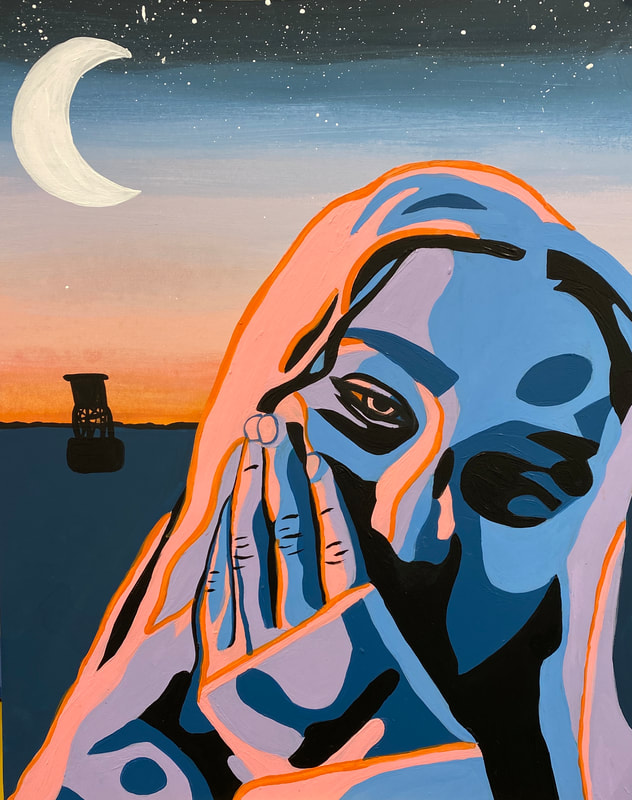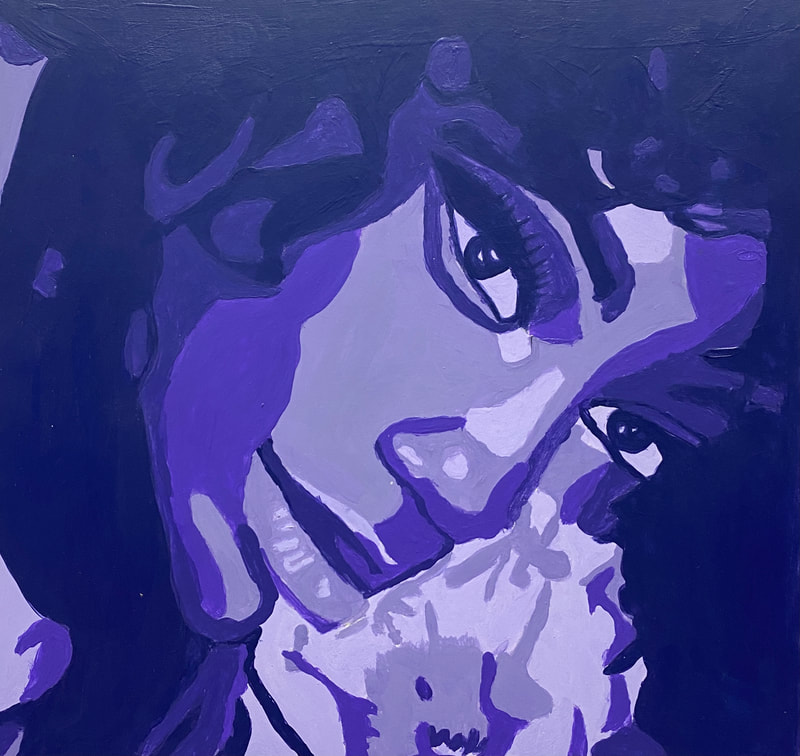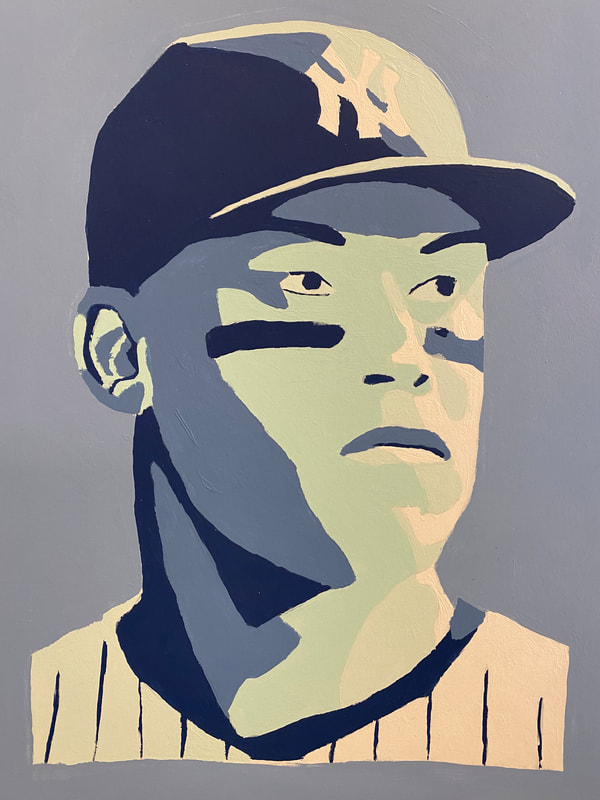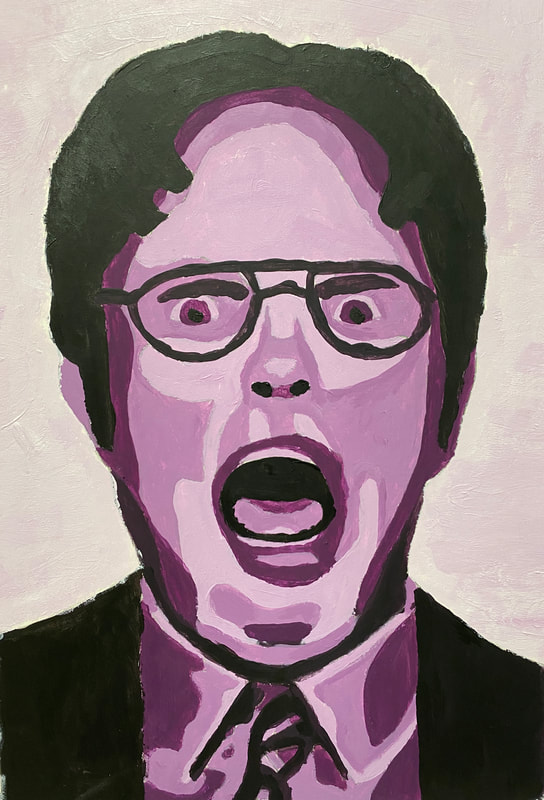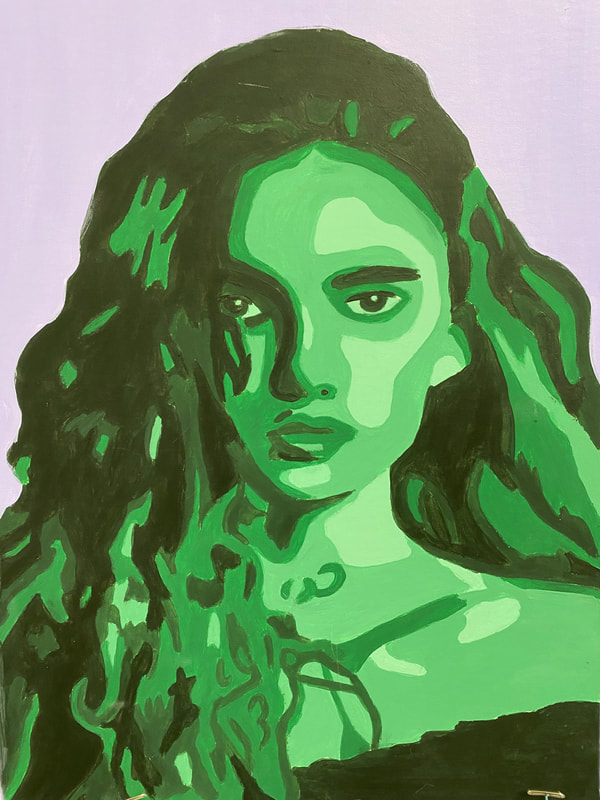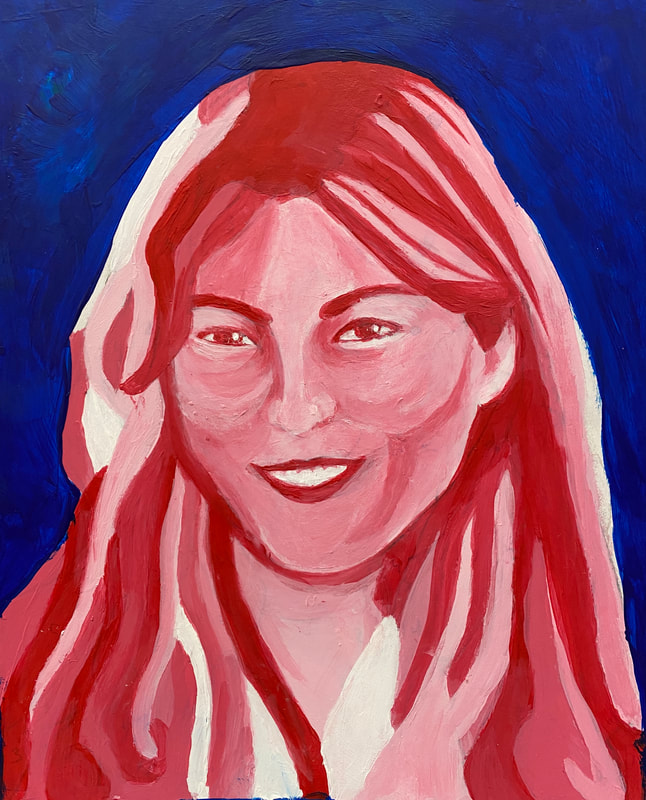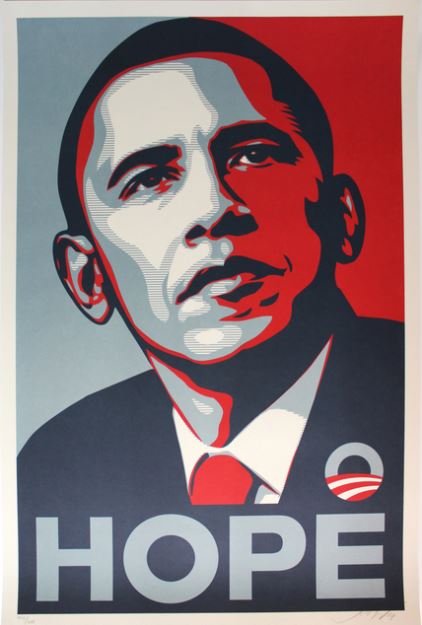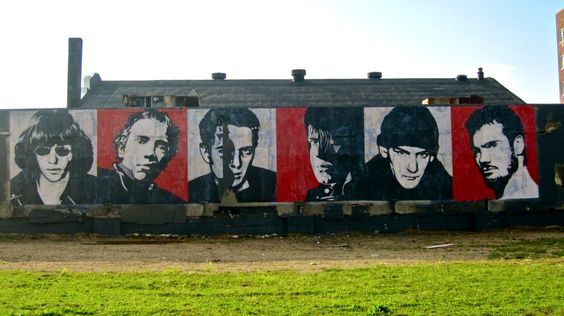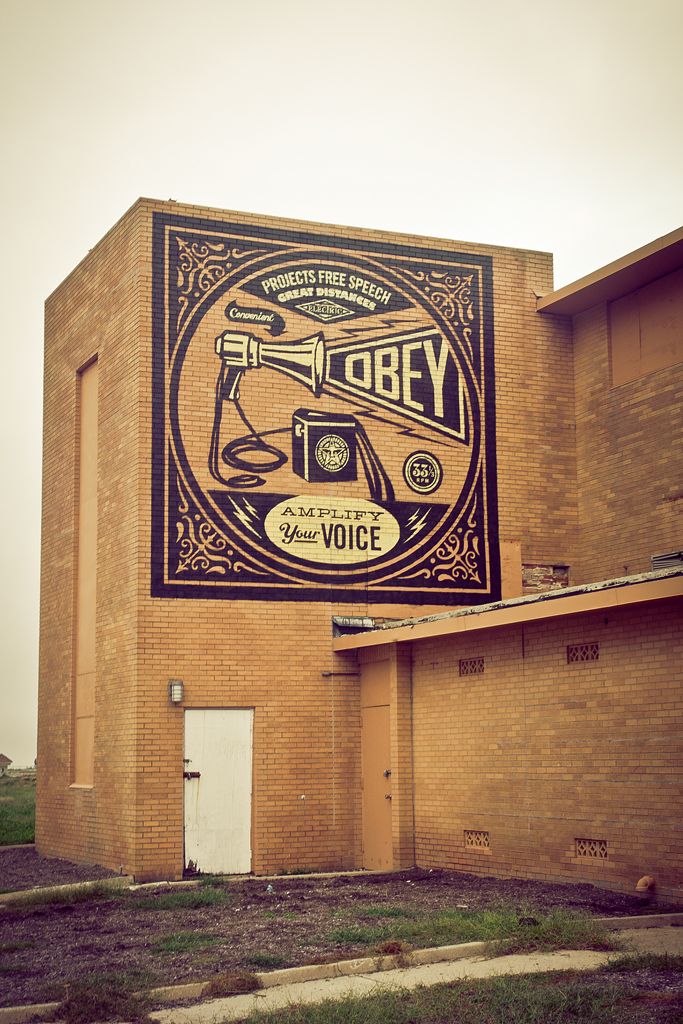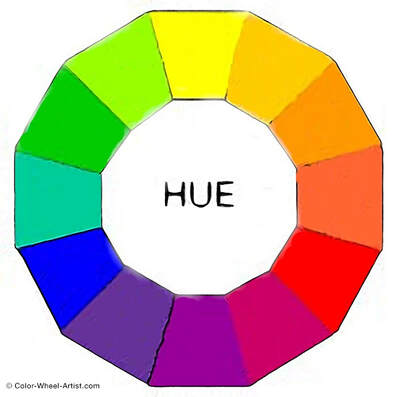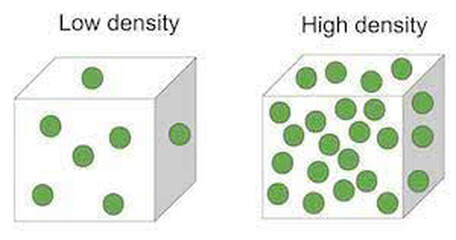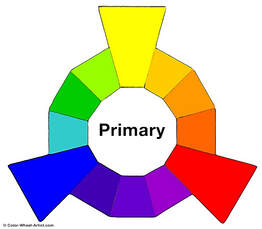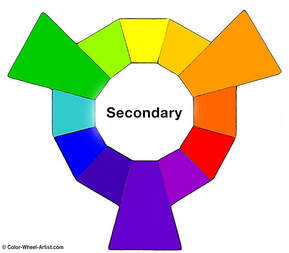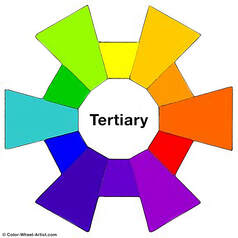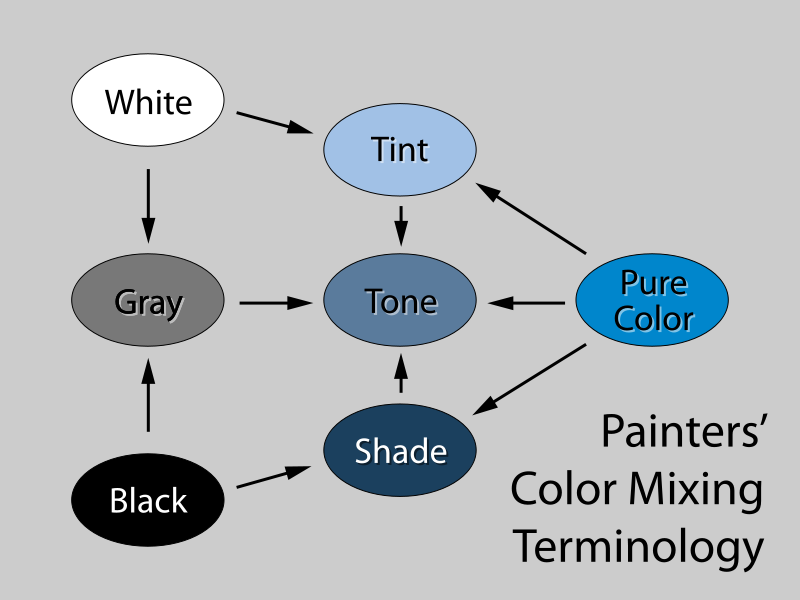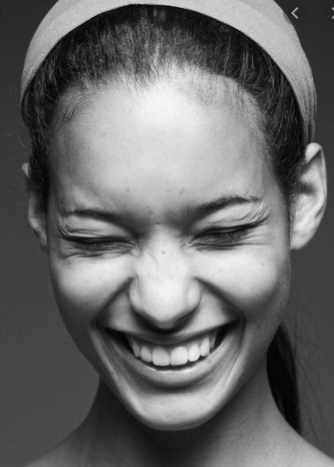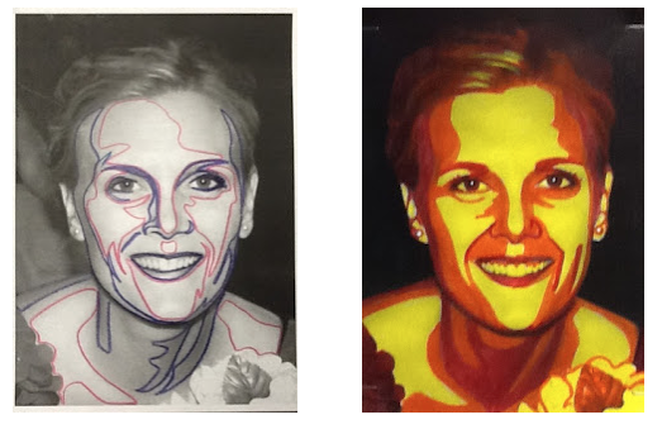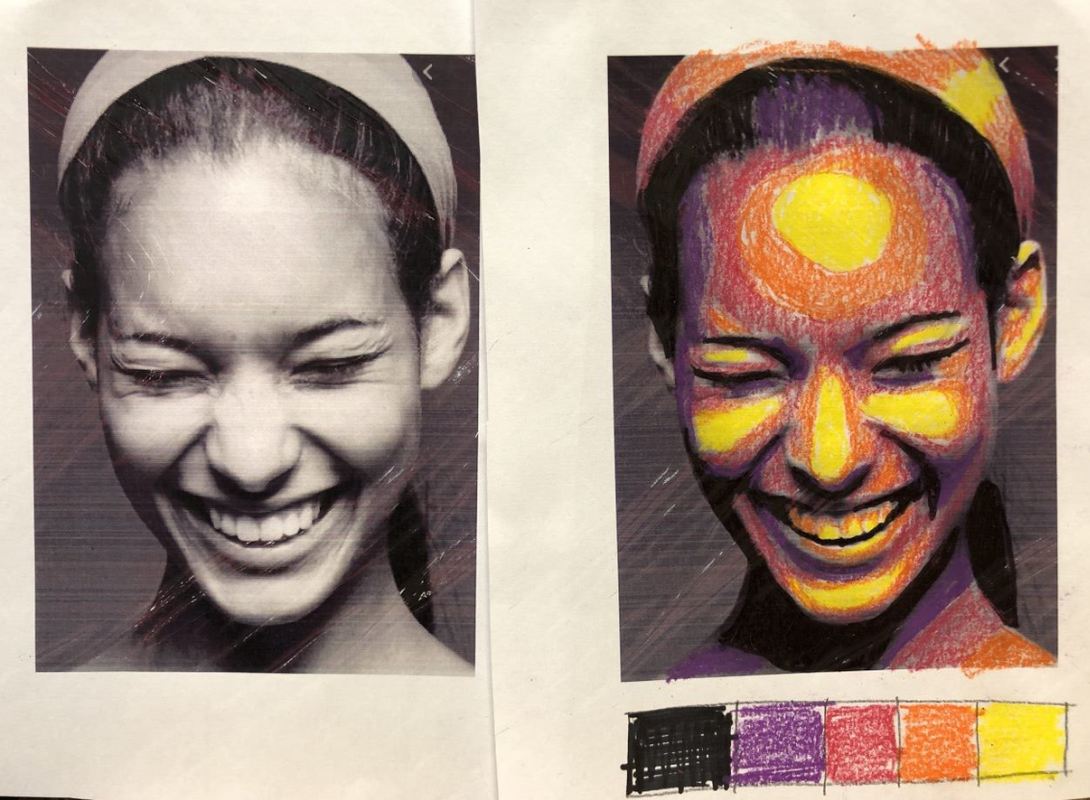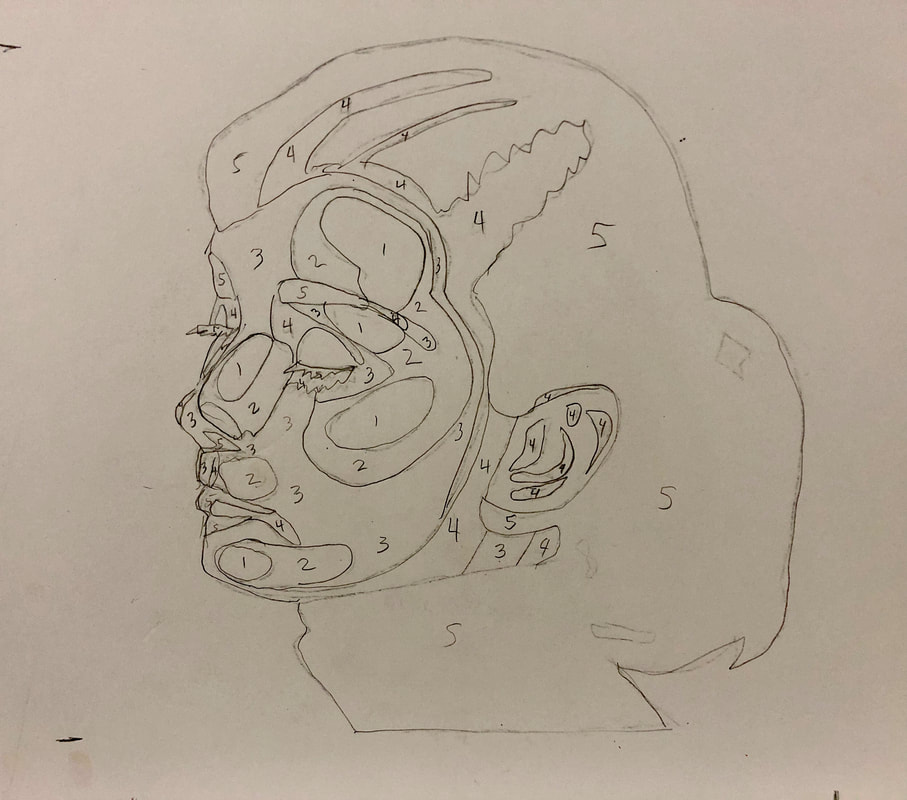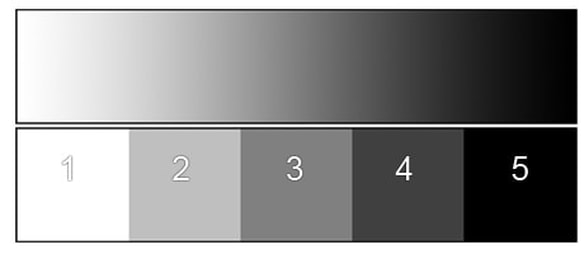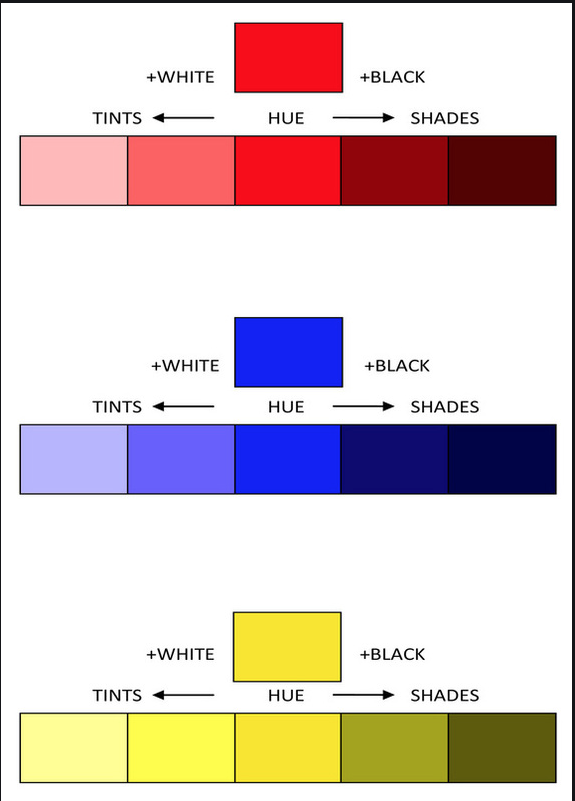Monochromatic portraits
ARTIST SHEpard fairey
Shepard Fairey work in Asbury Park:
Color Basics:
Color is the element of art that is produced when light, striking an object, is reflected back to the eye.
Color can be separated into three primary attributes:
- HUE - VALUE - SATURATION
Hue - The name that we give a "pure color" (red, blue, purple, orange, etc). Also called "color"
- HUE - VALUE - SATURATION
Hue - The name that we give a "pure color" (red, blue, purple, orange, etc). Also called "color"
Value: Level of dark and lightness of a color by added either white or black
- Tint: Color plus white
- Shade: Color plus black
- Tint: Color plus white
- Shade: Color plus black
Saturation: refers to the intensity of color pigment in a medium. How intense or "watered down" a color is. Also called" intensity" and "chroma"
Color Relationships:
Tone: Level of gray added to a color
Summary of HUE (pure color), TINT, TONE & SHADE
1. Find your photograph
This should be a high contrast photo with a broad range of values from dark to light. Here are some good examples:
2. Practice outlining your values on a photo - 5 values
If you have access to a printer - Print a portrait photo out. Follow the first video below.
If you DO NOT have access to a printer - Follow the second video below and use your computer to do the exercise. Take a screen shot and submit.
If you DO NOT have access to a printer - Follow the second video below and use your computer to do the exercise. Take a screen shot and submit.
On Paper ....
On computer screen ....
After you have completed your practice photo, print out your final photo large (in school... see video below) and color in 1-5 values in the same way that you did your practice photo. Be sure to clearly outline each value shape and label it 1-5 so you know what value to paint it. Watch the videos below.
Printing out to large paper video....
Transferring value outlines to board video.....
3. Understanding hue , tints and shades
Converting 5 step value scale into hue...
ASSIGNMENT:
1. Go to www.trycolors.com . Create Value scales (5 step values 1 HUE, 2 TINTS, @ SHADES) in 3 different colors . Follow the step by step video below. After you have completed this, play the color game a couple of times.
1. Go to www.trycolors.com . Create Value scales (5 step values 1 HUE, 2 TINTS, @ SHADES) in 3 different colors . Follow the step by step video below. After you have completed this, play the color game a couple of times.
Working with Paint:
MONOCHROMIAC PORTRAITS
Mono = one
Chroma = color
Here is a step-by -step video on how to paint the reference value scale and portrait. On a separate piece of paper, you will create a 5-step value scale in the color you will use. This is the first step in doing your painting. You will then use this scale to make sure all of the colors match the correct values 1-5.
MONOCHROMIAC PORTRAITS
Mono = one
Chroma = color
Here is a step-by -step video on how to paint the reference value scale and portrait. On a separate piece of paper, you will create a 5-step value scale in the color you will use. This is the first step in doing your painting. You will then use this scale to make sure all of the colors match the correct values 1-5.
| values_scales.docx | |
| File Size: | 27 kb |
| File Type: | docx |
